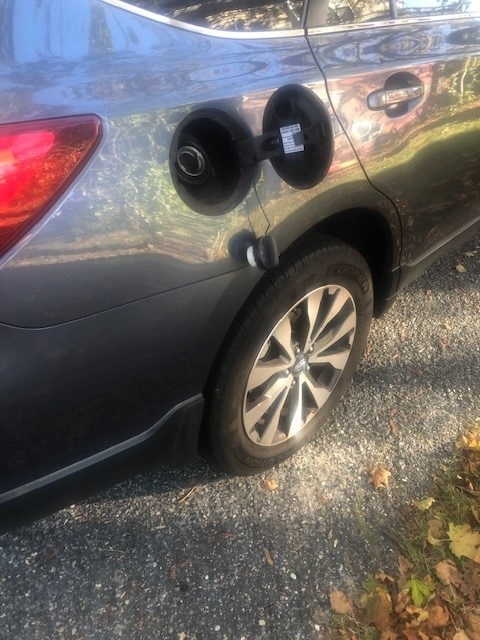 What are other important features of on-demand (mobile) refueling addressed by NFPA 30A?
What are other important features of on-demand (mobile) refueling addressed by NFPA 30A?
November 8, 2023
by Nils Deacon, Manager, Inspections and Rating Services
Chapter 14 of the Code requires that a safety-emergency plan be kept on the dispensing vehicle. This would include procedures for spill prevention, fire safety, and driver training.
In case of spills, storm drain covers are necessary if fueling is within 25’ of a storm drain. NFPA 30A requires spill kits that can “mitigate and dispose of leakage or spills.’’
The refueling operation is not allowed on public streets and other public areas.
The amount of fuel carried is addressed. A tank vehicle can carry a total of 1,200 gallons in a variety of tanks, but the tanks can be no greater than 110 gallons each. The use of gasoline cans is permitted. If the vehicle is too far for the hose to reach (maximum hose length is 50’), the operator can put gas in the vehicle with cans. They must be metal safety cans, properly secured to the service vehicle when not in use. They may hold no more than 5 gallons, with the truck allowed to carry a maximum of 60 gallons.
Fire protection is addressed by requiring a minimum 10lb ABC multipurpose fire extinguisher.
Flashing lights and safety cones or other barriers are required as well as NO SMOKING signs.
Bonding and grounding of the vehicles is necessary, so a static spark does not cause a fire.
DISCLAIMER: This information reflects the interpretation of MSO, Inc. with regard to NFPA Standards and Codes. It does not represent NFPA’s official position on the items discussed.
The refueling operation is not permitted on streets or other public areas.

